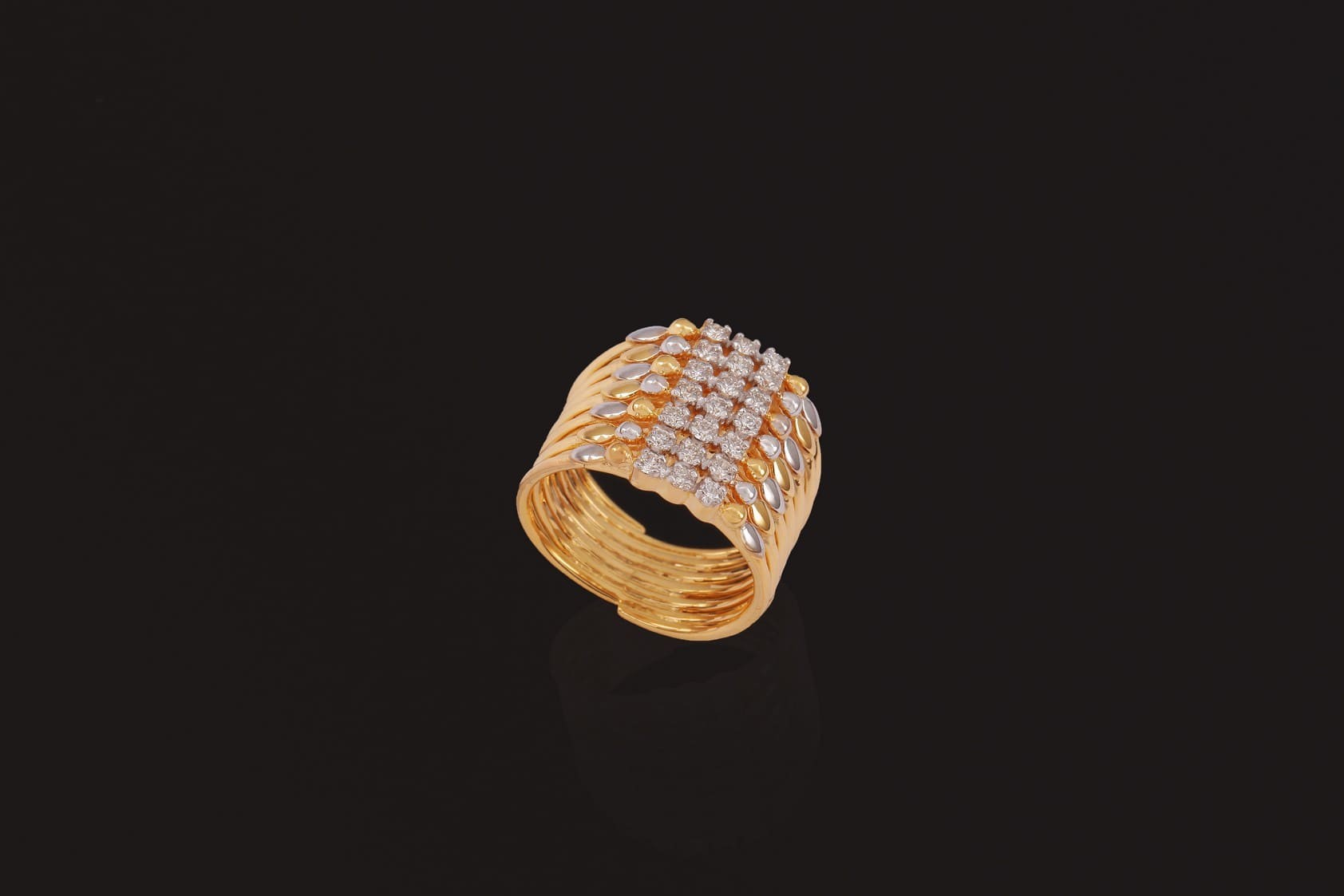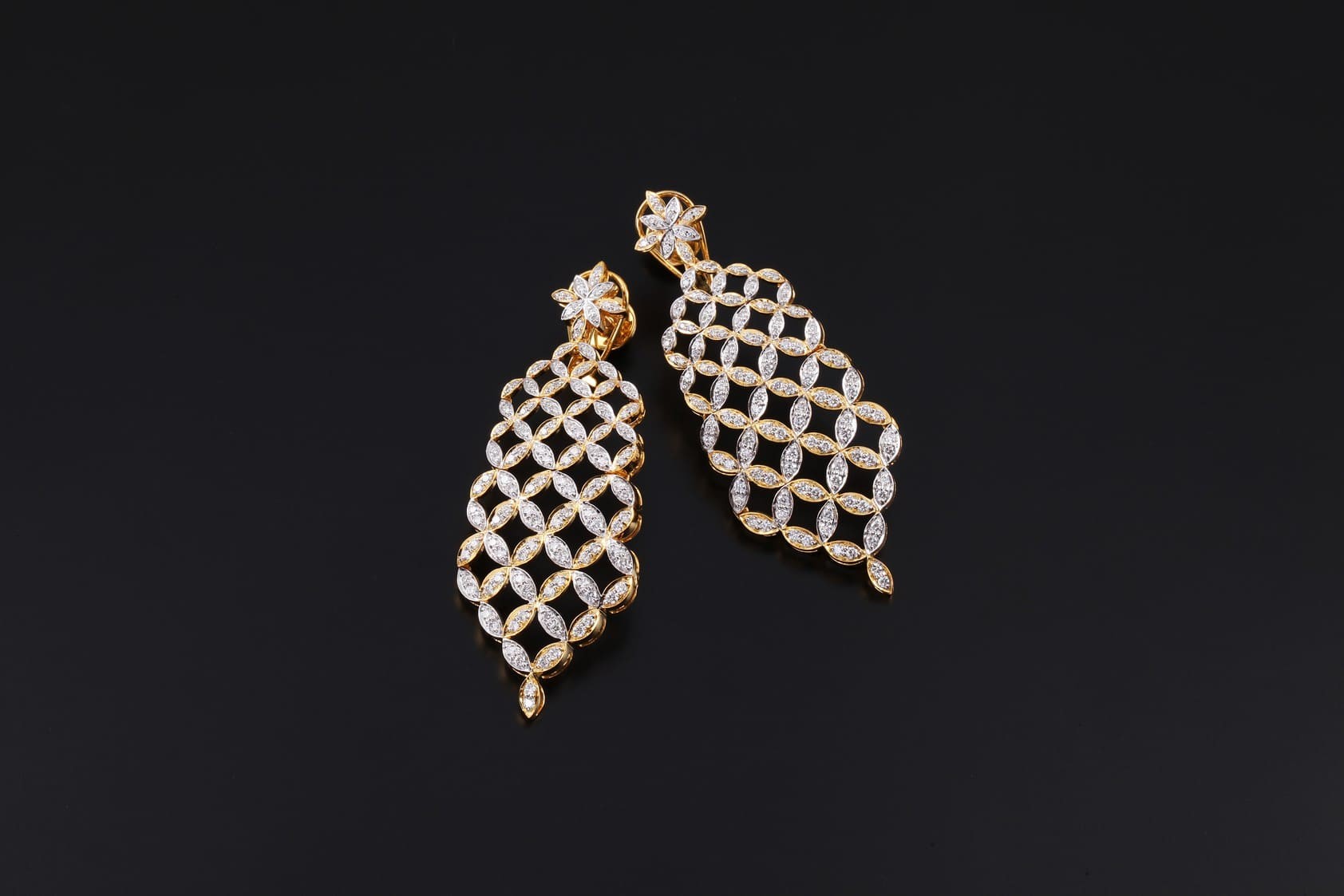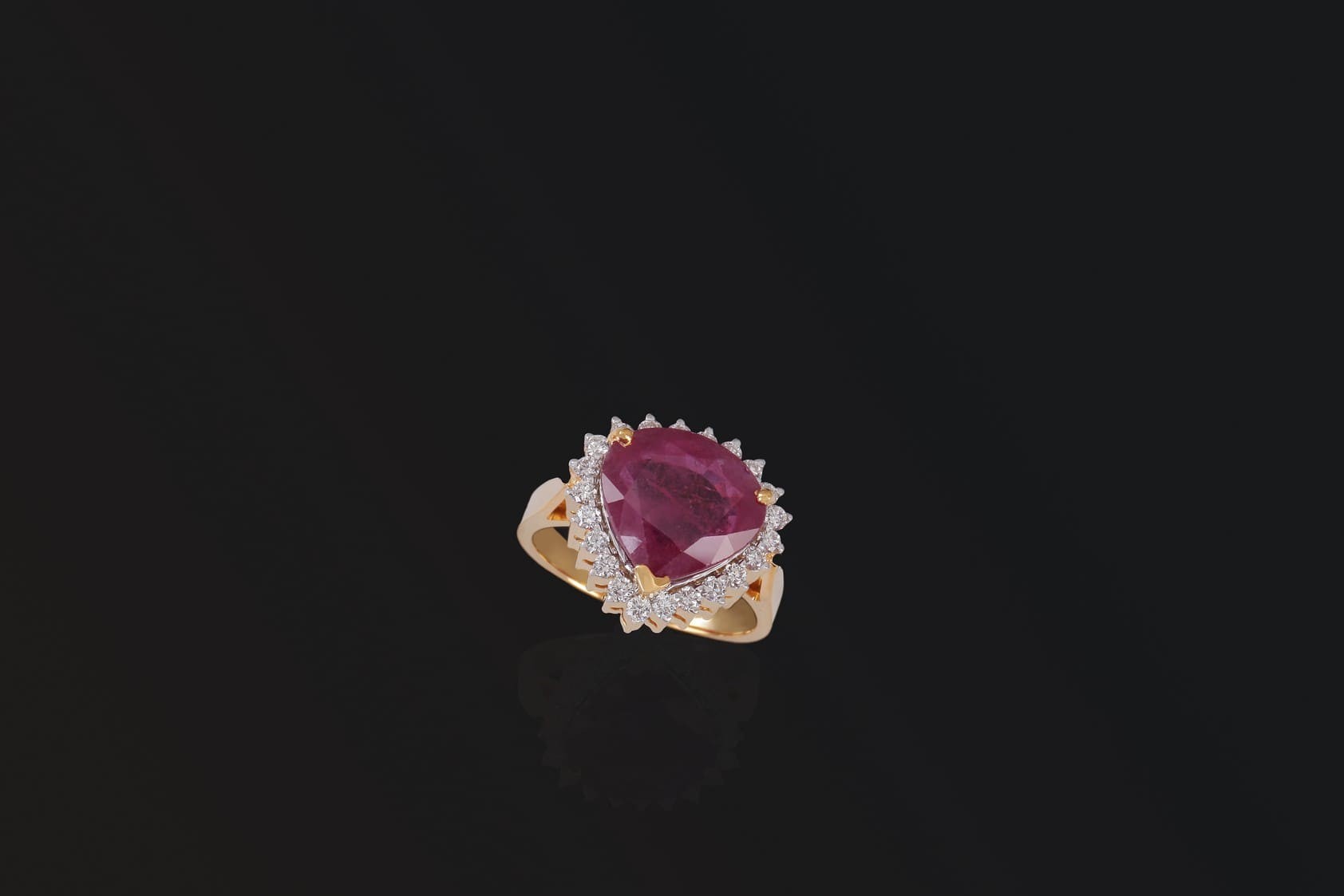-
Ring
By Stones
By Pricing
-
Earring
By Stones
By Pricing
-
Bangle
By Stones
By Pricing
-
Pendent
By Stones
By Pricing
-
Necklace
By Stones
By Pricing
- Solitaire Jewellery
- Others
- Men's Collection

K496 Diamond Ring
NPR 152,000.00
-
MetalYellow Gold
-
Stone TypeDiamond
-
DesignLight
-
CategoryFormal, Party,
-
GenderFemale
Why R.B. Diamond Jewellers?
100% Exchange & 95% Cash Back Guaranteed
Designed & Produced in Nepal
Diverse Collection with Certified Diamonds & Gemstones
One of a kind unique jewelry
International Standard 3 step Quality Control
Custom Handcrafted Jewelry
22 YEARS of Experience & Trust
Family Run Business & Exceptional Customer Service
Certificate of Authenticity
Have a Question?
the Orderd Products: 15 Days
*Conditions applied
Customer Speak
I have always loved to visit RB and in the past, we used to deal with Ramesh and Sarita themselves. RB has such a good ambience which is cozy as well as enjoyable. Employees at RB have always finished our orders on time and in case, we are dissatisfied with our customized jewelry and complain, they happily listen to us and re-make the jewelries. I have recommended many people to come and visit RB. I still remember an incident when I had confirmed and arranged my son’s engagement in two days. We had ordered a ring when the showroom was about to close but employees and designers were so prompt that they made it within two days. I have found same level of respect even when I visited to exchange my jewelries.
Frequently Asked Questions
Mined diamonds are formed deep in the Earth's mantle. The exact time it takes varies because some materialize in days, weeks or months. Others can take millions of years. Formed by intense heat and pressure, diamonds are then delivered to the Earth’s surface by deep-source volcanic eruptions or the movement of sub-duction zones that bring the diamonds up to the ocean floor. FUN FACT: Diamonds can also be formed from the immense heat and pressure of asteroid strikes.
One might say coal that has been subjected to high temperature and pressure. This is false!
Chemically and physically, diamonds that are mined or manufactured are the same. For over a century, the technology of growing these gemstones has been experimented with but has just been perfected. Creating lab-made diamond versions in a modern lab using advanced technology lets us get products that are superior in quality to those that were mined in the Earth. Both mined/natural and lab grown diamonds are made of the element carbon, and are considered the hardest substances known to man.
The infamous 4 C's of diamonds... Cut, Color, Clarity and Carat. Each of these characteristics defines the quality, size and sparkle of the diamond. They are the characteristics that affect the diamond's visual appearance and light performance (sparkle).
Cut is the faceting, angles and proportions that are the pure light sparkle of the diamond.
Color is actually the whiteness of the diamond, the less the better.
Clarity is the size and position of microscopic imperfections in the diamond.
Carat is a reflection of the weight (and size) of the diamond. Because carat is the most visual C - it doesn't require a gemologist's eye to see which diamond is smaller or larger - it is the most popular. That's often why women (and men) want bigger. Bigger doesn't always mean more beautiful, but we can almost guarantee that the larger the diamond, the more likely it is to catch someone's eye. There's an important balance to strike though.
Value really comes from balancing the diamond's attributes, or (as mentioned above) the 4 C's. The best way to balance the 4 C's is consider carat on one side and cut, color and clarity on the other. As one goes up, the other may need to come down. As you calibrate these factors, you'll narrow diamond options as they come into your price range. That will find you a sweet spot. The average carat is about 0.70ct - 1.00ct with a G or H color with a VS2 or SI1 clarity and an Excellent cut.
Diamond budgeting can be one of the most difficult aspects of the entire process. Diamond jewelry can start from NPR 15,000 onwards.
Round brilliant cuts are overwhelmingly the most popular shape, followed by princess cut diamonds. Rounds are the classic, traditional cut that are most desired since this is typically the first large jewelry purchase. Also, because tradition is deep rooted in the concepts of marriage. The round sparkles well, hides color/inclusions and looks larger than most of the fancy shape diamonds due to lower depth percentage. Keep in mind that it carries a premium for this reason as well. If your soon to be fiance isn't the traditional type, break away and go for a cushion cut or oval cut. These are not too farfetched and very popular. If you really want to be "out there," then explore marquise or pear shaped diamonds.
You Might Also Like
Sister Concerns

Kathmandu, Nepal
Call: 01-5325652, 01-5325651, 01-5333114, 01-5341977, 01-5353336, 01-5333113
Email: info@rbdiamond.com
Follow us
Gold Rate (24)
(October 22, Tuesday)NPR 165900 / Tola
Silver Rate
(October 22, Tuesday)NPR 2100 / Tola






